This post explores the boundaries of better memory through drawing. It mixes science and popular culture. A prelude about Open Access and Machine Learning – accompanied by some mind refreshing memes – paves way for subjects as memory, transfer, dialogue and debriefing.
The numerous links and abundant memes are to inspire you and invite you to reply.
First things first: a modest hip hip hooray for social science!

:: Open Access – a prelude
Why ‘Make Cake it so’? It is just that with the current critiques of the methods applied in social sciences in mind – such as a likelyhood of irreplicable findings – the article that triggered this post is doing just fine. Hooray! The description of the applied methods seems sufficient for basic reproduction of the research findings.
Complementary cheers because the text arrived like an Open Access gift, just like already-paid-for-science should be. Therefore a call to all Deep Learning Connectionists and Generative Evolutionists: Please continue your work. You are lifting the imperative comprehension of today’s landscape – scattered scientific literature – to the next level of machine learning; a level that is applicable to domains of jurisprudence, game theory and health care, to name a few.
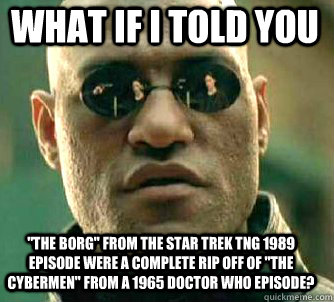
Why specifically address Connectionists (who study learning by networking) and Evolutionists (who study learning by algorithmic selection – not to be confused with creationists)?
Correct, that would be incomplete and perhaps even inconsiderate to Symbolists (who study learning by manipulation of symbols), Bayesians (who study learning by specific probabilities) and Analogizers (who study learning by a more or less a human interpretation of probabilities). This Dutch newspaper article by Bennie Mols recently summed up five learning approaches, whilst referring to The Master Algorithm, a book by Pedro Domingos (2015). This book is not intended for experts on Machine Learning but merely for laymen who are looking to be inspired, according to some reviews I glanced at Goodreads. But hey. The downer comments – mostly provided by experts – seem to read exactly like those on other popular but inspiring science books like Critical Mass and A new kind of Science. Recursive feedback – by explaining the range of scientific expert approaches – seems appropriate here.

Still, why applaud Connectionists and Evolutionists? Open Access is nothing when we cannot compare accessible content. Both accidental Sampling Bias and deliberate Data Polishing are always luring. Over time these two learning approaches are able to deal with large amounts of information, better and better, and most likely by the lending hand of the other three approaches. If they do not succeed we keep accepting blind spots in growing data collections and singularly gravitate towards data we want to fit our findings and toward articles we prefer to believe.
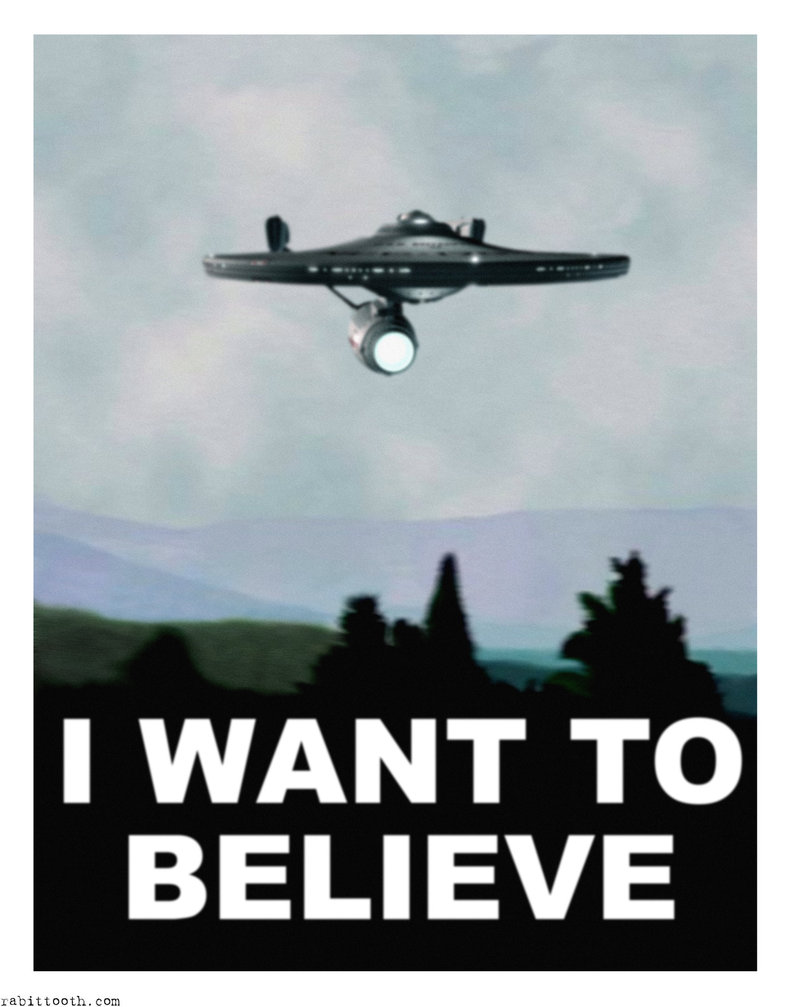
:: drawing improves memory – the article
So this post is about an article. Let us explore the boundaries of The drawing effect: Evidence for reliable and robust memory benefits in free recall. See the source below * .
@Dennis Luijer from VisuallyYours: You deserve a round of Applauso for sharing the Time.com article via FB.
Honestly, I want to believe the article’s conclusion:
We propose that drawing improves memory by encouraging a seamless integration of semantic, visual, and motor aspects of a memory trace.
Why? Such a proposal can revamp business models. Just imagine how it could dethrone the 3M Post-it® cash cow and top rank the 3M™ DI-NOC™ Whiteboard Film at the 3M portfolio:
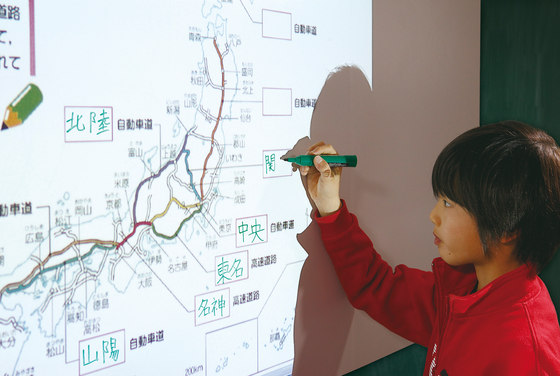
However the slogan ‘The “write” way to create whiteboard’ would need some 2016 copy writing, according to the Wammes’ proposal.
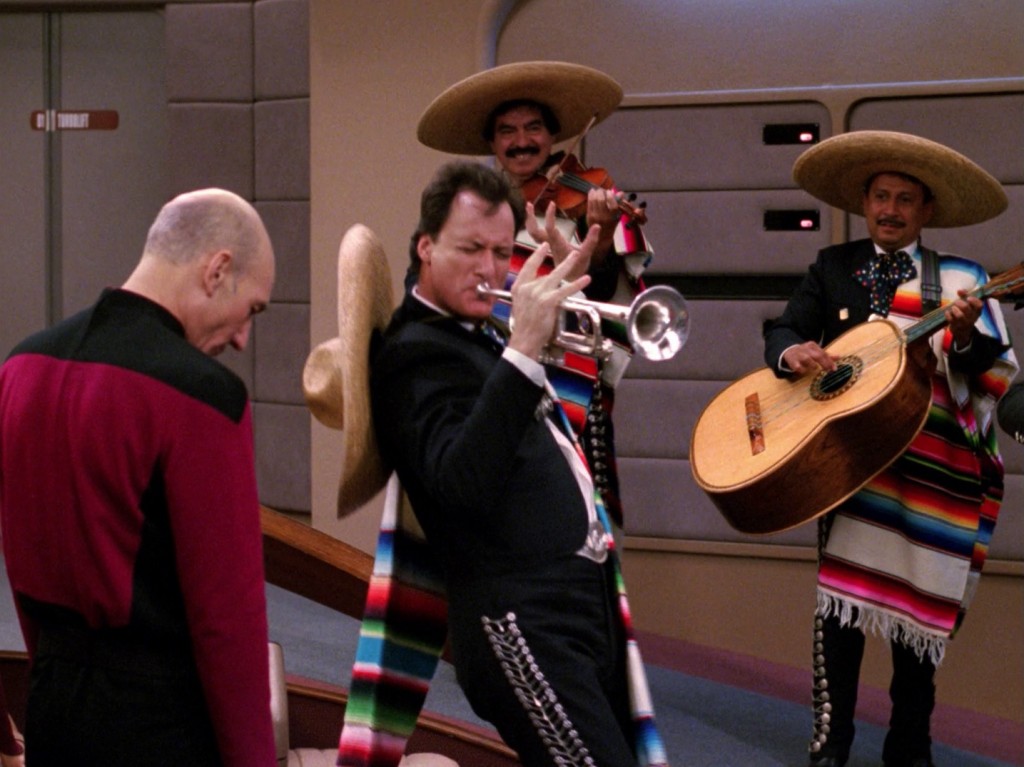
:: memory
So writing does support your memory tracing less than drawing does.
But wait. Is it that simple? Suppose we extend the ‘free recall part’. Suppose you want to remember a story instead of a (grocery) list. Would you then draw a map or create a ‘mind palace’ to support your brain tracing the content of a Bible, an episode of the Horace and Pete series or let us just say an article on Wikipedia?
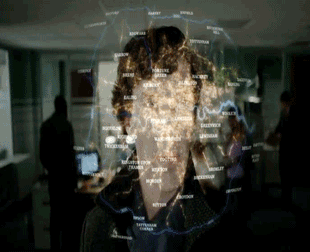
I wonder how many pages or many days of performance it would take to trace and remember other types of content, like stories. In fact, everyone should make a drawn copy to trace his/her memories to make it work. Efforts would soon outgrow the creation of a graphic novel or a theatre play. Come on, bring your sketchbook into the theatre:

:: tangibility
As a father as a man I tend forget. I therefore secure intentions by placing objects in plain sight, simply because I learned the default behaviour is strong in human kind. I create a grocery list to shop. I place the list tactical to remind me to shop. I use a cabinet to place and prioritize urgent and important requests through physical mail. And create competition for my grocery list.
This makes me wonder about the tangible aspect of drawing. Let us learn by analogy and suggest that not only drawing but also building with LEGO, playing with Play-Doh clay and even dancing ‘improves memory by encouraging a seamless integration of semantic, visual, and motor aspects of a memory trace’.
To be more precise, LEGO® SERIOUS PLAY® describes part of the LSP method as:
Thinking with your hands.
Read more about the cool method via this Open-Source- but-not-anonymously-accessible-Open-Access PDF.
:: transfer
Creating with LEGO does clear your head. And LSP adds up to that. LSP strongly builds on learning by creating metaphors and by storytelling about ones creation:
This concept of knowledge transfer is better explained by the work of Sanders (1999) and build upon by Sleeswijk-Visser et al:
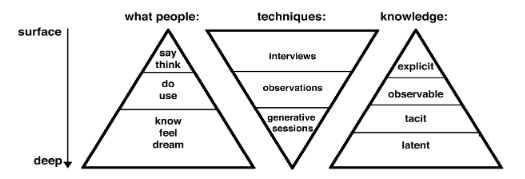
Bluntly summarizing the figure above: Explaining their creations help people share latent knowledge. Feel free to check this source about context mapping to learn more.
:: dialogue
Back to reality now.
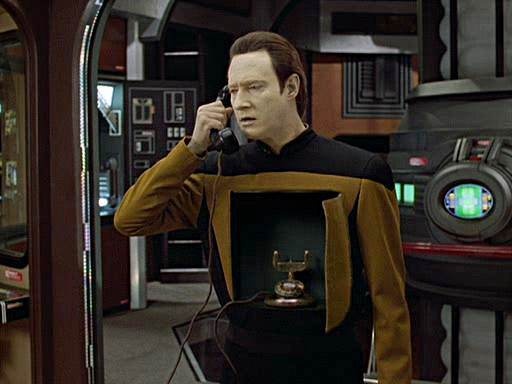
Let us assume that drawing 0bjects from a list indeed helps us remember objects from a list.

Does this also work out for remembering more abstract concepts? ‘Money’ is easier to draw than ‘Banking System’ or ‘Value’. It is another league of Pictionary. Perhaps most of us simply missed essential training in creating drawings of more abstract concepts:
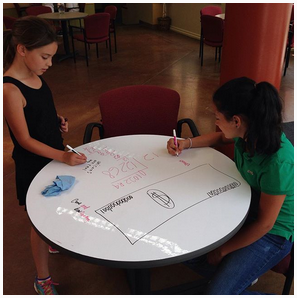
And how about the understanding such abstract objects, now visible and tangible, modelled and expressed by our minds and bodies, as opposed to being written?
Not having heard something is not as good as having heard it; having heard it is not as good as having seen it; having seen it is not as good as knowing it; knowing it is not as good as putting it into practice.
Source here.
:: debriefing
Debriefing techniques already support (collective) memory and transfer through dialogue. For example, one technique uses two circular arrays of chairs where participants are only allowed to contribute to a dialogue while seated within the middle circle. This technique was kindly introduced to me by Elizabeth Tipton at a 2014 ISAGA workshop on Debriefing:
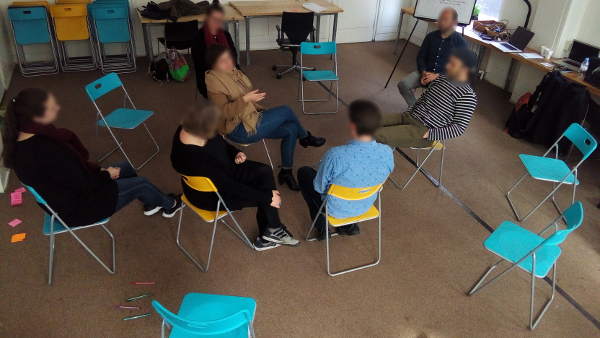
I am interested in Visualizing the Understanding of Relationships: to what extent does a visual intervention make collaboration more effective? How would that intervention work and look like? What skeleton methodology is necessary to safely cut out an external facilitator?
To find out I developed a prototype (not a solution) available at instantdebriefing.com.
Note: As I write this post we are automating the renewal of the Certificate Authority via the free, automated and open LetsEncrypt service – in order to automagically keep your data safe and freeing up my time for maintenance – so if the site is not working please let me know.
Instant Debriefing uses a digital drag-drop ‘drawing’ style. The approach lets team members place avatars of team members onto a model and unveils blind spots and assumptions:
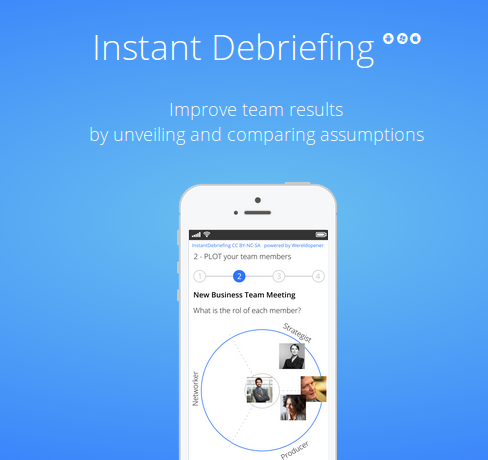
The app and method are designed to stimulate a dialogue about latent – behavioural – knowledge.
Instant Debriefing builds on creation and digitally filters mutual assumptions, stimulates storytelling as part of a debriefing method. Wammes’ proposal builds on drawing and memory. There is a hunch about tangibility, mixed sensory input and transfer of knowledge. But how can I build upon the work of Wammes et al?
Bummer. I do not know. Literature does not yet seem to provide me with an acceptable answer nor direction. Perhaps I just cannot give meaning to the knowledge already out there without proper training in available Deep Learning tools to prevent my sampling bias.
:: prototyping
Heads up. I do follow a few guiding principles. Here are three. Keep on prototyping while learning. Test with dummies. Debrief once in a while.
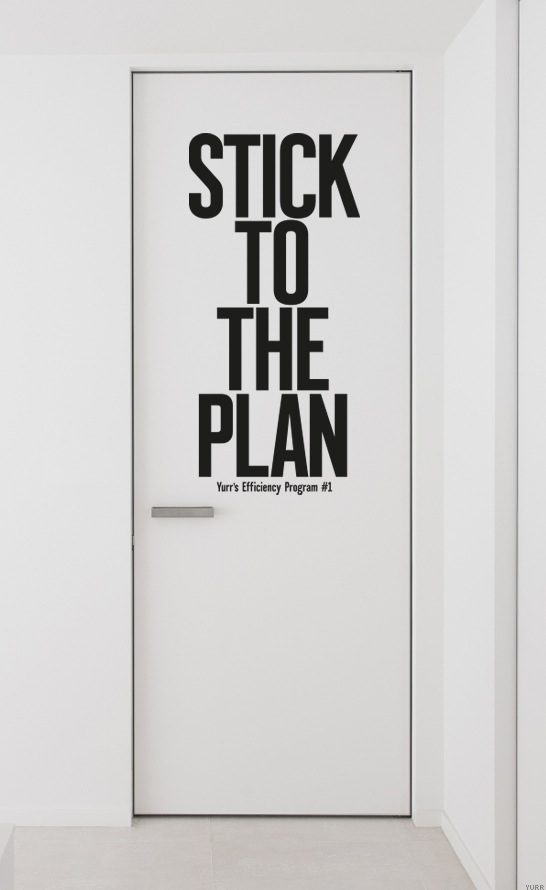
Join me and feel free to use InstantDebriefing to boldly go where no tech-enabled (hu)man has gone before.
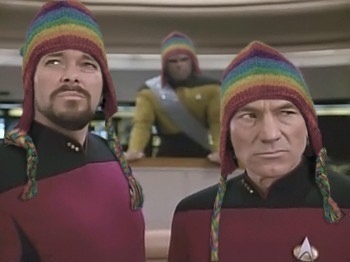
Join me in my quest by commenting or writing back. Write a letter if you prefer:

Join me by drawing a grocery list once in a while, instead of writing it. So we can leave the list at home simply because now we remember the items drawn on our lists. Whether it seems silly or not, draw more:
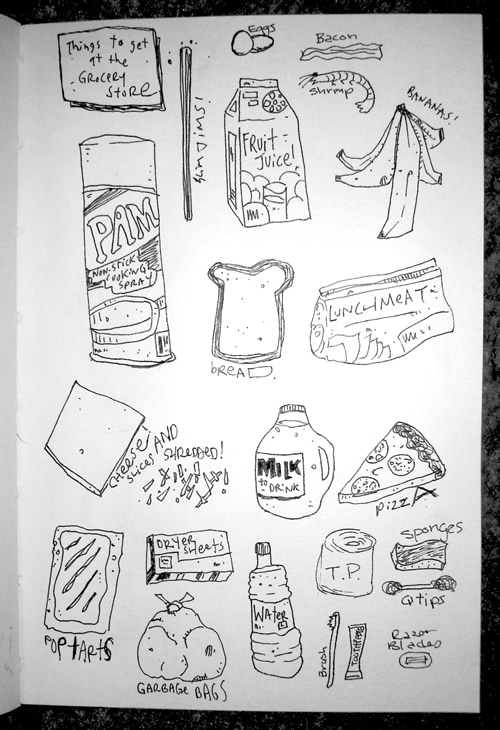
Original article: THE QUARTERLY JOURNAL OF EXPERIMENTAL PSYCHOLOGY, 2016 Vol. 69, No. 9, 1752 – 1776,
http://dx.doi.org/10.1080/17470218.2015.1094494 by Jeffrey D. Wammes, Melissa E. Meade, and Myra A. Fernandes
Department of Psychology, University of Waterloo, Waterloo, ON, Canada